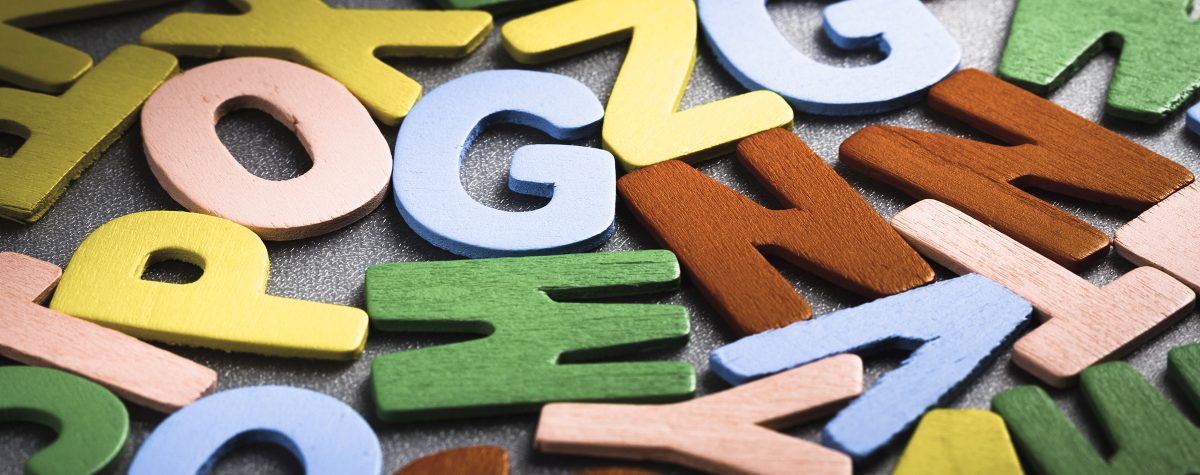One of the most unrecognized sources of learning disability is dyslexia. Often, children with dyslexia struggle in a traditional school setting. Homeschool moms and a teacher offer help by presenting their personal experience.
by Laura Allnutt
What Is Dyslexia?
Research suggests that dyslexia is genetic. Many successful political leaders, entrepreneurs, actors, scientists, and musicians have battled dyslexia without letting it hinder their auspicious careers. Dyslexia affects the brain’s decoding ability. The learner struggles to associate the sounds of a word with the signifying letters. One mother had this to say, “Dyslexics are truly amazing; they think in 3D images (such as letters made from refrigerator magnets or clay), which serves them well in life, except when they are forced to interpret 2D images (such as flat letters drawn on a page). Some dyslexics are highly visual and need charts and videos. Others learn with songs and audiobooks. Some prefer a multisensory approach. Dyslexics see what the rest of the world can’t see, and conversely, they have trouble seeing what the rest of us easily see.”— Tracie G., Oregon
What Helped Us!
Another mom described what helped her son, “My son struggled with learning the alphabet. I teach music for a living, and couldn’t teach him the alphabet song. He struggled following more than one direction at a time, hated to write, and couldn’t remember his address. At 8, he couldn’t spell or remember simple sight words from week to week. We tried audiobooks and read aloud as a family! My son is always grabbing books on reptiles, and he is actually reading them now. Maybe not every word, but he is giving us facts left and right.” — Jessica G., Alabama
A mom from Vermont added this, “Our son, Caleb, graduated at 19. He is dyslexic. Reading and comprehension were very difficult for him. Two years ago, we enrolled him in Abeka Academy. He was behind in several subjects. His 10th/11th grade year was very difficult and time-intensive. I had to help him read some assignments. As he moved along, the reading and comprehension began to get easier, and now after two years, he has more confidence, loves his subjects, and is GRADUATING! Praise God.” — Linda M., Vermont
What Helped My Students? — Val R., Florida
A former teacher told us about her experience, “I know firsthand the struggles associated with dyslexia. My mother was told she was too dumb to learn. I was also labeled, but graduated college and became a school teacher anyway. I’ve had the opportunity to work with several dyslexic children. Here’s what I learned:
1. Determine how your child struggles.
Isolate a sentence. Ask your child to spell the letters of each word in the order in which he sees them. Do this twice to determine if words come and go. Notice if words are backward: “saw” for “was,” or if certain letters are upside down: u’s for n’s or p’s for b’s.
2. Check to see if color will make a difference.
A certain color of chalk helped one of my dyslexic students. That gave me the idea to tear out his worksheets and place them in a colored, see-through file. I experimented with a variety of colors. I learned that different colors help different children. For instance, I had one student who was a medium blue and another who was a medium yellow. I am a dark green. When the color is correct, it makes a big difference. Colored products are now sold online. Search color overlays.
While this helps with reading, worksheets cannot be written on while inside the color file. A mom of one of my students had the idea to buy her child colored lenses for his glasses. It worked! These lenses are also sold online.
3. Cursive handwriting is easier than manuscript for a child with dyslexia.
Because many manuscript letters look the same or are closely related, cursive is often part of dyslexia therapy and is recommended by the International Dyslexia Association. When writing cursive, a child must use hand-eye coordination and fine motor skills. This aids in overall recall. Cursive may also help dyslexic children group letters into words rather than processing individual unconnected letters.
4. Children with dyslexia need more movement.
Reward with activity. Keep a jump rope handy; have your child walk and read. Sports such as gymnastics or martial arts help. A dyslexic child who learns to control his body will also learn to control his mind.
5. Children with dyslexia need more praise.
Even when a little hurdle is achieved, praise and reward your child!
Helpful Resources:




Audrey Faye Beck:
October 11, 2020This has helped me gain confidence with my 12-year-old 7th grader who has struggled in public school. I have been very stressed wondering if we would make it with Abeca. I feel more confident after reading these comments.
Reply to this Comment